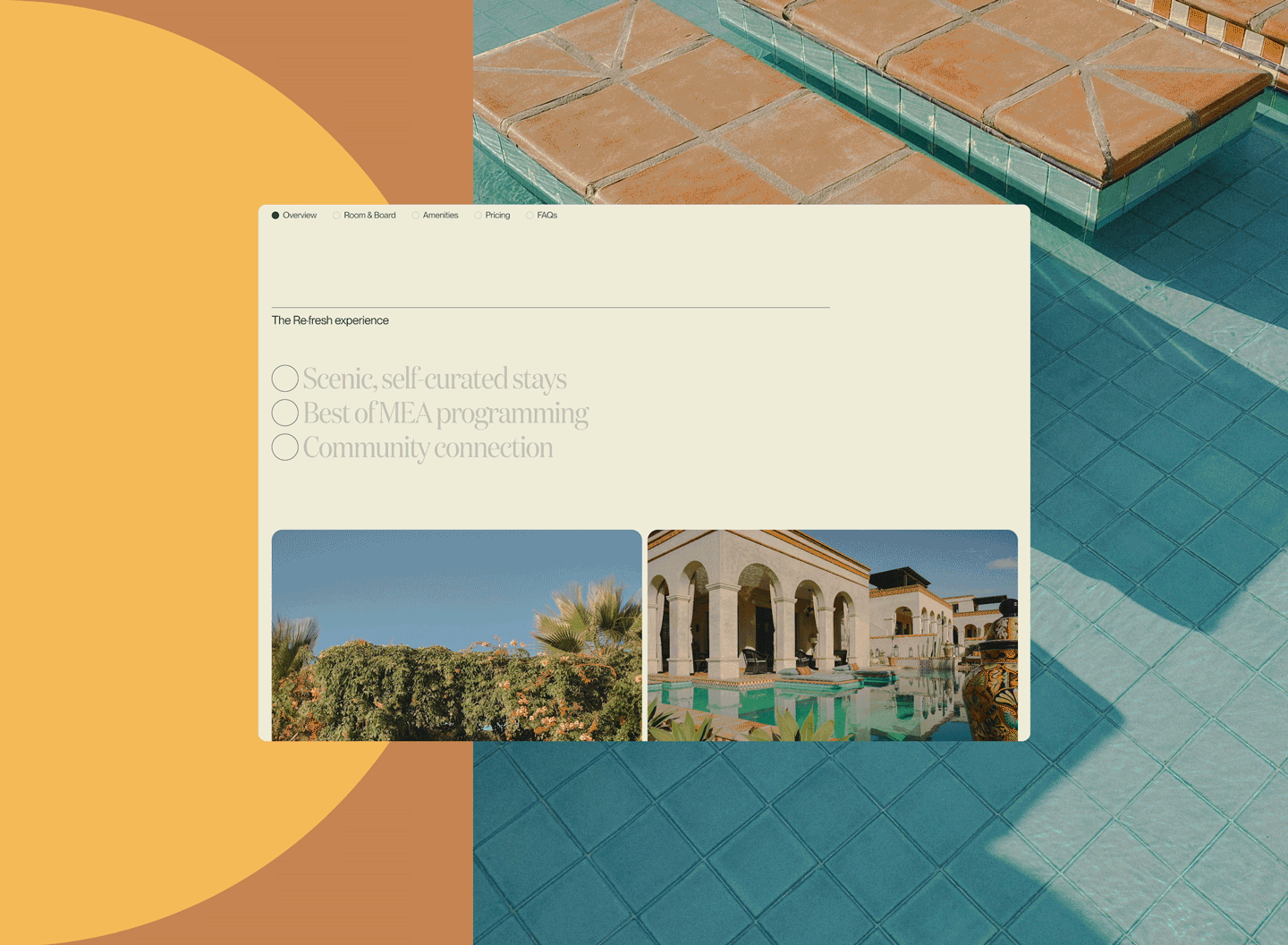Unlocking value and modernizing legacy business models in the era of social media saturation
Today’s digital landscape is brutal for publishers. Legacy titles, traditionally oriented toward generating content rather than nurturing relationships with their readers, are at a huge disadvantage in a social media–driven world. When these titles do dedicate resources to engagement, it’s often dependent on a third-party platform that can change its norms on a dime.
There isn’t an easy answer for how to impact a distressed publishing and media industry, but there is a path forward. In our role as a digital strategy advisor to editorial platforms, we’ve identified a few working principles for powerhouse publishers who have the content but lack the community—and for any brand or company struggling to engage its audience. Social media has set a new norm for communication between businesses and individuals, and it isn’t always easy for companies to meet that standard. But every type of business, from media to fintech to DTC darling, is accountable for finding and connecting with their audience.
This is how we helped one major magazine publisher find their community and regain control of their content.
Case study: our goal
Our initial work with the publisher focused on one iconic fashion title, with the goal of modernizing its approach to content delivery and audience engagement. They sought to create a new product and platform that would enable them to connect with their readers in a more profound and meaningful way, all while retaining control over their content distribution. It was clearly a significant task that would require changing both deep-seated consumer behaviors and the magazine’s business model.
Lessons from social media
We needed to leverage the best aspects of social media while solving for some of the worst. If the publication could fuse proven social tools with its best-in-class content, it would be positioned for transformation into a community leader. We drew inspiration from Reddit, Discord, Instagram, and TikTok, studying the ways users interact with user-generated content versus expert content, how community norms are established and behaviors are rewarded, the relationship between curation and creation, and how social currency and reputations are built.
We took note of the most common user refrain across every platform: they were desperate to carve insight out of noise. We’re all familiar with the hell of digging through mountains of irrelevant or low-quality content while researching a purchase, the overwhelm of notifications piling up, and the panic-inducing pace of daily digital communication.
We set a goal to meet this urgent need for clarity and simplicity while still giving users a way to contribute. We knew user-generated content would be critical for a few reasons:
- While a majority of users on all platforms are lurkers, the fact that there is user-generated content provides a critical sense of vitality, relevancy, and belonging to the entire user base. And more and more people may start contributing; there’s a huge desire to create in younger generations raised on Roblox and other world-building games.
- Social media has a daily cadence. User-generated content is a way to feed that engine without undergoing a total operational shift. Publishers do actually have a leg up in one way when it comes to creating a platform: they already have half of one. Neither the existing expert portion of the platform nor the new user community portion needs to stand alone; they can work in tandem and fill out a really robust user experience.
- User content is valuable data. By observing the audience’s thoughts, ideas, and habits, the publication could use these insights to evolve and sustain its product long term.
Be for anyone, not for everyone
Social media users have coalesced into smaller, closed circles built around mutual interests: Substacks, subreddits, group texts—niche environments that are more personal and welcoming, with easily accessible information. These comfort zones cut down on noise and raise trust. You can build supportive relationships and your own reputation, and authenticity shines through.
It’s a model that’s user friendly, as well as being extremely practical for a publisher working in the incredibly varied world of fashion. We structured their user experience around small communities that were carefully curated to align with specific interests, and built in safeguards to help users get a highly customized experience as they navigated a blend of expert content from the editors and user-generated posts. Content is editor-moderated, clearly delineated by creator type and backed up with user verification, and there are detailed filters for controlling what you see.
In this ecosystem, social currency is emphasized without cheapening the sense of community. A merit-based reward system boosts contributions with credibility. Each time you post, your on-platform reputation rises, and eventually you hit a point where the publishing team will review your profile and award you official verification. It’s a way to flex that differentiating factor that only a publisher-run platform has, leveraging the title’s reputation.
This network of communities also helps build a diverse global revenue model. Many social platforms are trying to make a move toward monthly revenue. We didn’t want to make assumptions too early about which strategy would work and when, but we knew we wanted to build in options for an ever-changing market. We designed a system with two flexible revenue streams:
- Advertisers have the opportunity to engage with highly targeted and highly engaged audiences by buying space or sponsoring content.
- A traditional subscription package is supercharged by a passionate community. Niche communities are highly motivated to subscribe. There’s a lot of free content out there, but when we see ourselves reflected, we’ll readily pay to sustain the content creators and micro-influencers we relate to. It feels more like an act of support or an endorsement than a purchase. Walling off some content is also a critical way of protecting IP. Users can access their own communities for free but have to pay to access most expert content.
You can’t really outsource innovation
It’s a common trope that an agency’s role is to innovate on behalf of its clients. After all, transforming a business is a different skill set than running a business, and it requires dedicated time that’s hard to find during day-to-day operations. But we believe it’s impossible to effectively innovate without deep collaboration. Our work might be outside of our clients’ comfort zones, but they’re creative, too, as well as being experts in their fields and in their companies. They’re always a critical part of the creation process. By joining forces, we have the best of both worlds.
Fostering an impactful level of collaboration is a priority, and in the process, we want to ensure it can continue after we’re gone. Tending to a company’s internal process and creative health is part of the core deliverable for any innovative project, so we provide our client organizations with an extensive toolkit for organizational change guidance and mentorship. For our collaboration with the publishing company, we bridged the gap between the editorial and product teams, facilitating a transition toward a more cohesive and creative organizational structure. Along with running workshops and moderating thoughtful, transparent discussions across teams, we created space for individuals to bring their unique points of view forward through surveys and one-on-one interviews.
Our goal is to empower organizations to make the most of their strengths and maximize the benefits of their new product; we establish a process that’s an engine for sustainable business transformation.





